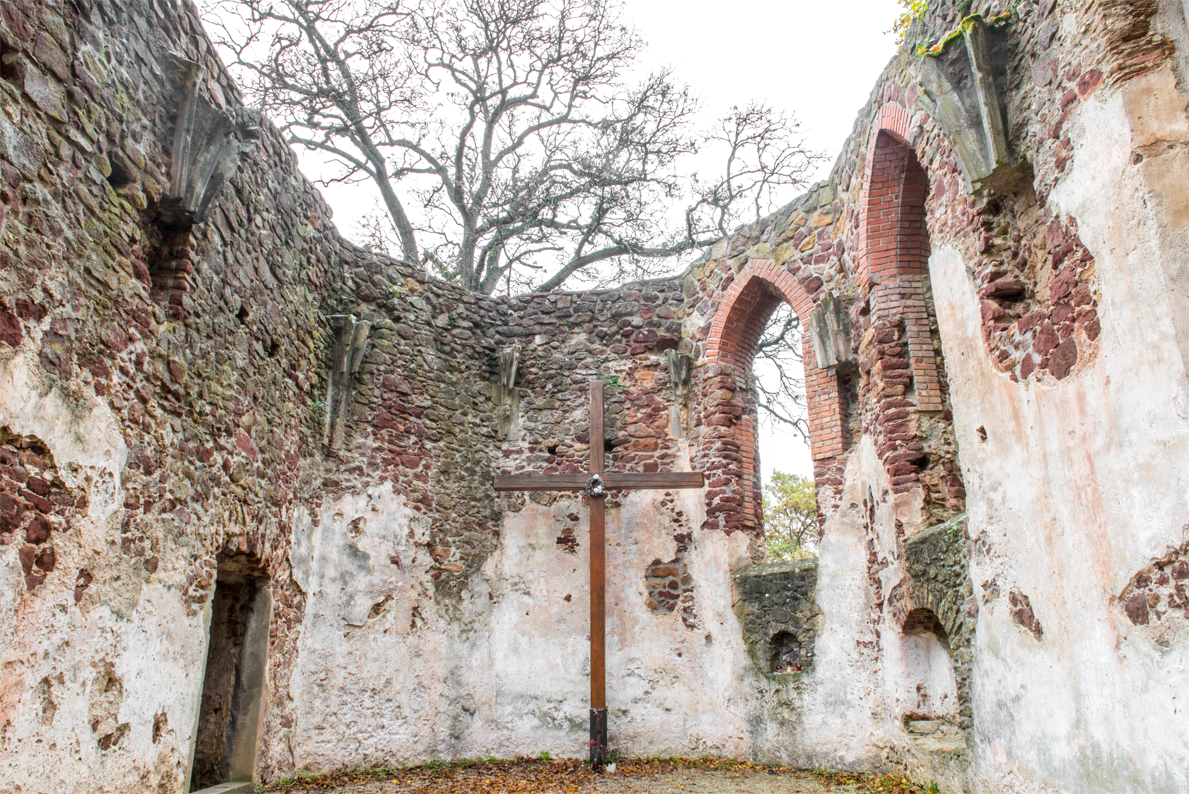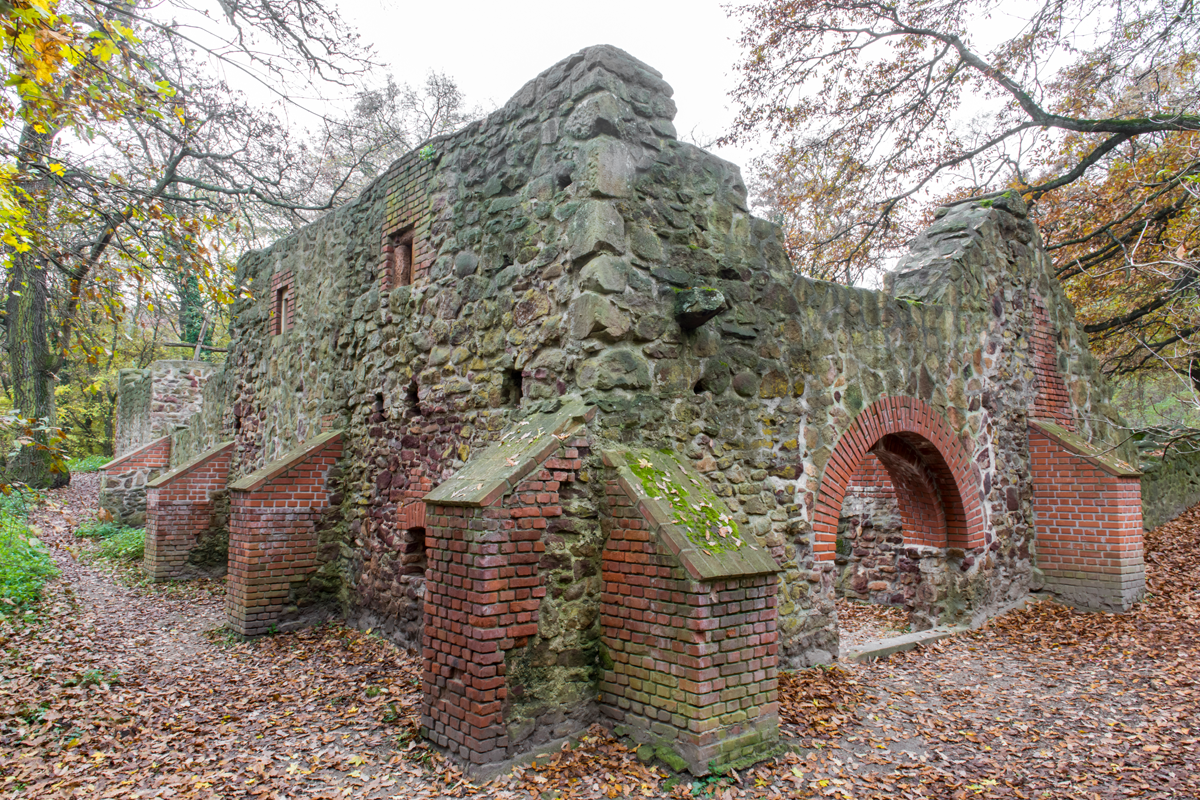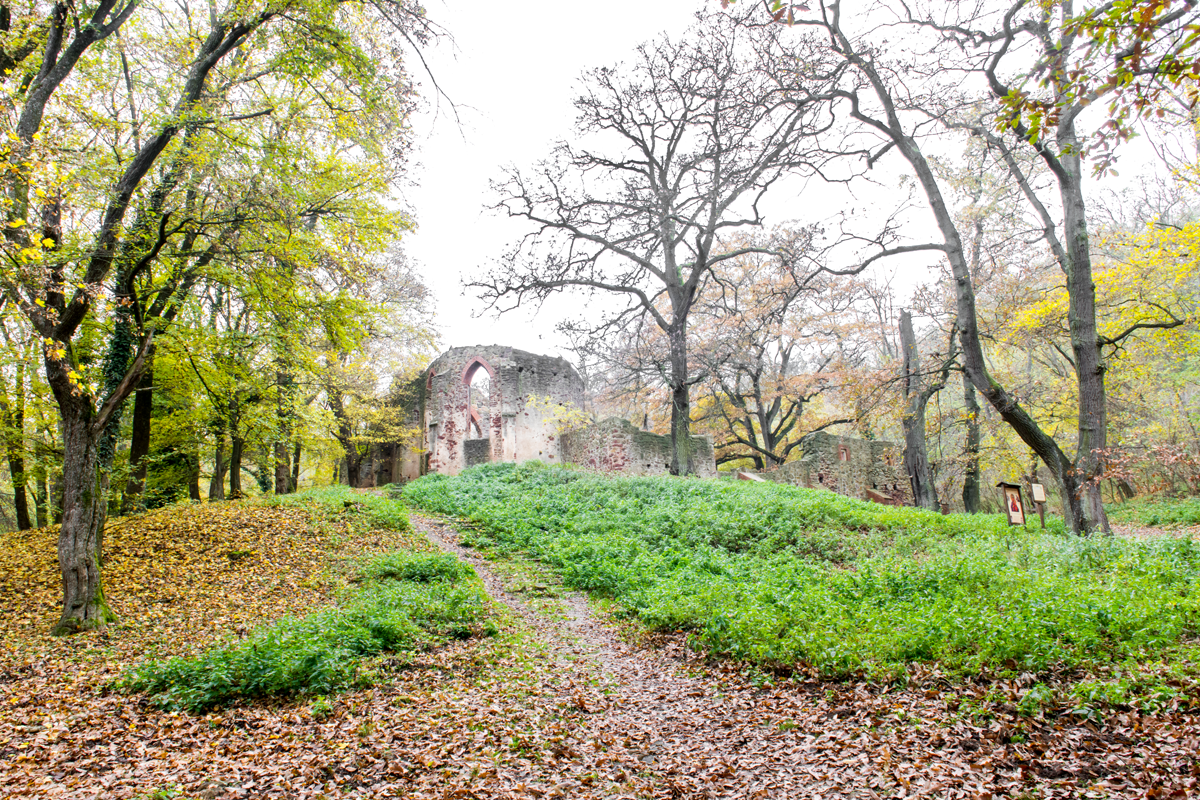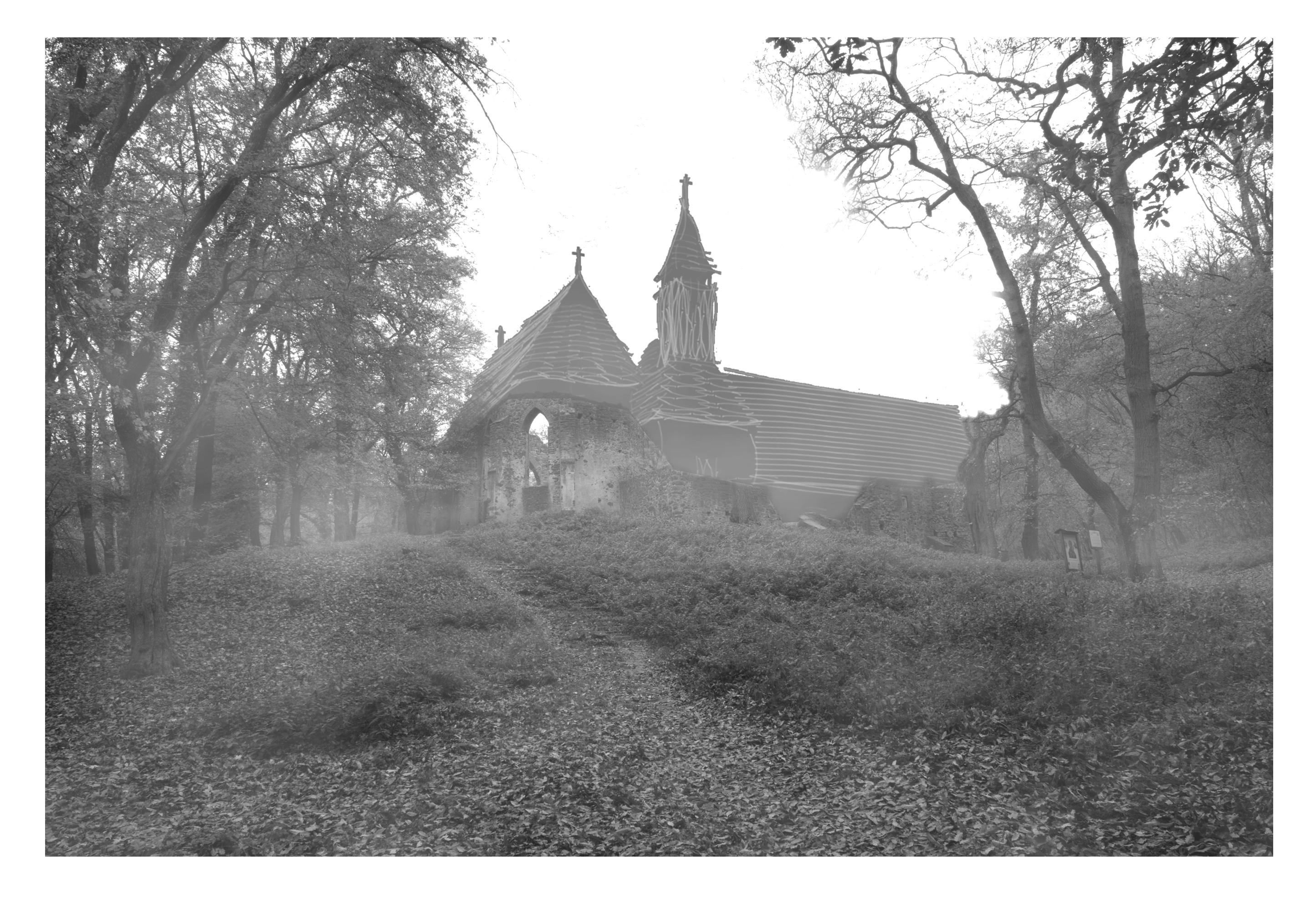THE GREGORIAN MUSIC OF THE PAULINES
If we want to present Gregorian (i.e., medieval monophonic, Latin liturgical) songs of Pauline monasteries, we need to approach from two directions. We must first examine from what musical sources we can draw material, in which codices we find ceremonial music recorded in medieval Paulian use. In the case of the Paulines, all this is especially important, because we can rightly consider the songs of the Hungarian origin. We must know, however, that the medieval repertoire of Western Christianity is uniform, that is, almost the same is sung everywhere, at all times. At the same time, these songs lived in regional dialects, in local variations, and individual compositions were composed for the own (saints) celebrations of a given community (nation or monastic order). In this form, there is truly a Hungarian Gregorian chant, which was formed primarily in the decades following the founding of the state and the church, connected to the central Esztergom rite. It is no wonder, then, that the musical material of the Pauline order, organized from hermit communities in Hungary, is very strongly connected to Esztergom, showing an almost identical form. The Pauline book (graduale) containing music for the mass is unfortunately not available from the Middle Ages. But we have a choirbook for the office from the 15th century, the Pauline Antiphonale MR8, which is preserved in Zagreb.
So we have the repertoire, now we need to determine what fits the best to the monastery. Here the best way is to choose the title of the church, that is, to which saint was it offered by its founders, since its feast is once and for all the birthday of the church, the celebration of which stands out from the calendar. The church of Salföld (originally ’Kőkút’ which is ’Stone well’) was consecrated in honor of St. Mary Magdalene, whose feast falls on 11 July. Perhaps the choice is not accidental, if we consider that Mary Magdalene is, among others, the patron saint of winemakers, as well as that of sources of living water, according to folklore, as their water was believed to come from her tears. So there is the musical source, the 15th-century Pauline antiphoale MR 8, which, moreover, is almost the same age as the church itself, and we have the feast of St. Mary Magdalene. In the codex there are at least 50 different musical items, mostly antiphons framing psalms and canticles, and responsoria framing readings, and verse hymns. All in all, it is several hours of music, the full presentation of which is not our task. We have therefore chosen items which, on the one hand, tell characteristic episodes of the life of the saint and, on the one hand, unique and rich in their musical solutions. Below are the selected songs and their recordings that follow each other in the order in which the feast progresses. The recordings were made in a studio, but digitally - taking into account the size of the original interior - we tried to recreate the acoustics of the Salföld church. In the text part, after the original Latin and Hungarian texts, you can read a short explanation of the unique features of the piece, which are also helped by the red text highlights in the Latin text.
Hungarian translations of the Latin text is the devotional work of Benjamin Varga. The writer of these words himself selected, transcribed and sang the above items for recording. These experiences are sufficient to say that we come across an extremely high quality and musically sensitive and expressive repertoire when singing from the late-medieval Pauline antiphonale. At the same time, we also rightly think that this was the most natural behavior at the time when the goal was to create sacred art. Music, architecture, liturgy were formed along the pursuit of perfection for the Almighty. And although the church built in Salföld is now only partially reminiscent of the once richly crafted form, the numeric proportions and melodies of the music fill the gaps in the space and approach the celestial harmony of the wholeness.
Zoltán Mizsei
January, 2021.










